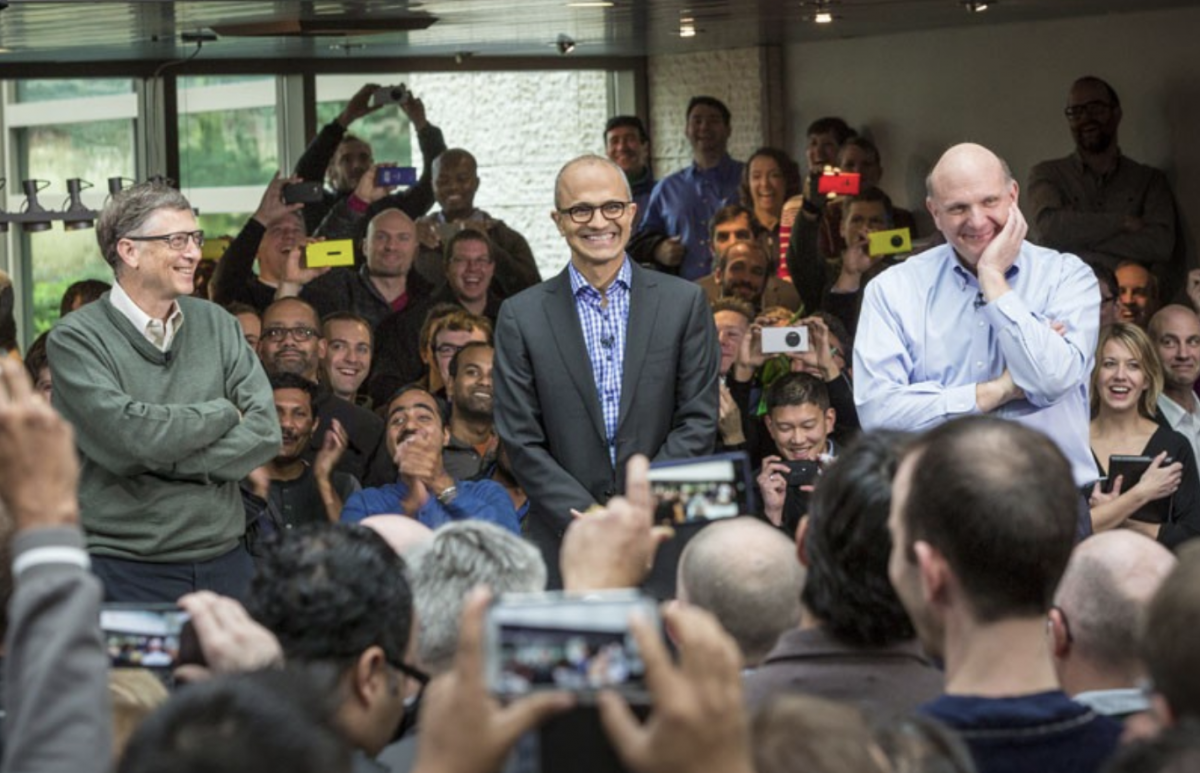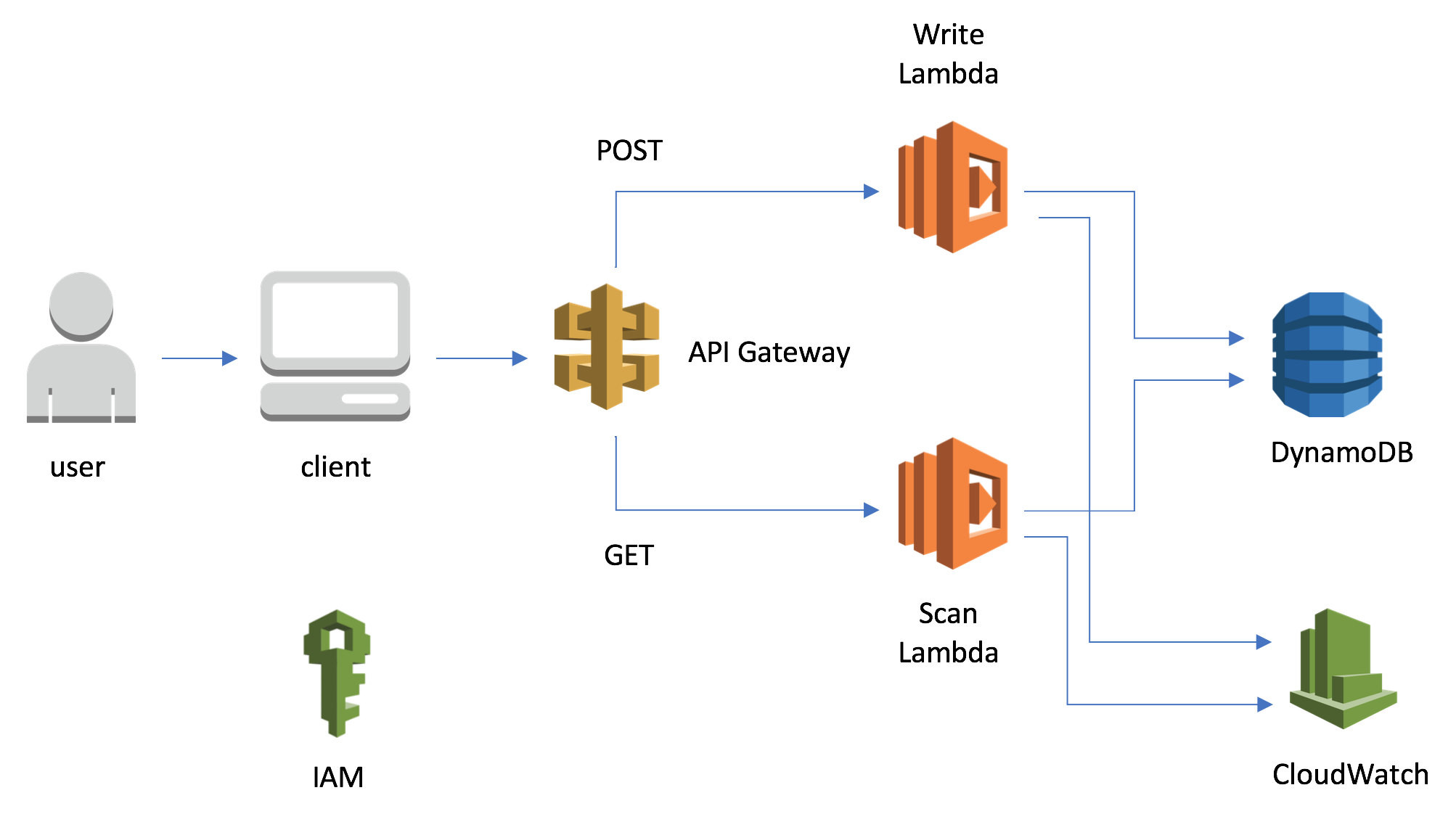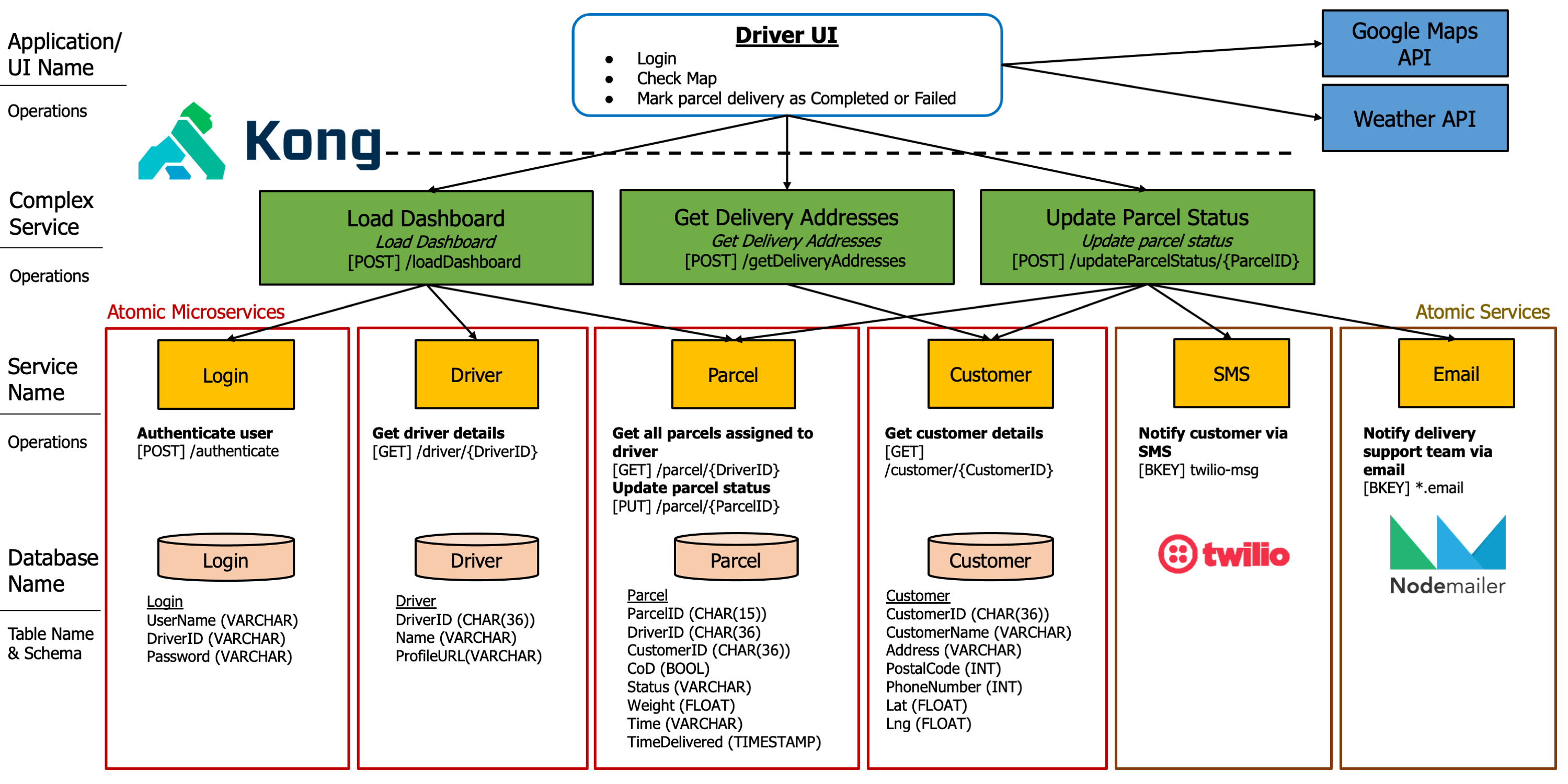
Satya beside Bill Gates and Steve Ballmer on his first day as CEO
Microsoft’s success today is evident all around us. People use Windows and buy Surface Pros, while corporations build on Microsoft Azure’s hybrid cloud and even the Hololens 2. Bill Gates and Paul Allen started the company with the dream of putting a computer into every home. Many would agree that they have come close.
Satya took that dream a step further, after realizing that Microsoft was slowly becoming an industry laggard. They were not quick enough in capturing the Mobile market, nor were they the first to focus on the cloud. Satya realized this and made many strategic changes to how he ran Microsoft.
The first, was when he pushed for a cloud-heavy approach. When Amazon launched AWS, Microsoft was far behind. Many executives did not believe in the future of the cloud. They were bent on sticking to the old ways of servers. Satya’s outlook proved invaluable as Azure now brings in Billions of dollars in Operating Income. He led Microsoft’s enterprise transformation into the cloud, and he scaled the cloud business extraordinarily.
Second, Satya placed a huge emphasis on having empathy. He wanted to drive and propagate cultural change from top to bottom, and empathizing with everyone was the first step. To accomplish this, he focused on engaging key leaders in more open and honest dialogue, allowing ideas to flow freely and with speed. It wasn’t easy, however. One fundamental source of resistance is fear of the unknown. He understood this better than anyone else, and he trudged forward with his heart into the company.
Satya foresaw the importance of partnerships. He knew that you had to build bridges before you would need them. He made many controversial but important decisions that would help induce stronger collaboration between Microsoft and other technology leaders. One example was working together with Red Hat, which is a Linux platform that directly competes with Windows. Analysts thought that hell might have been frozen over.
The book also gives us a glimpse into the life of a younger Satya. I found it interesting that he was not the brightest in his classes, and I like how he worked hard to become who he is today. However, I would believe that he was lucky enough to be born into a great family - something not everyone is entitled to have. He was, at the same time, an average kid and also a lucky one.
The book’s final chapters give us a glimpse, from the eyes of someone who has seen many areas of technology, about the future of humans and machines. Artificial Intelligence, Virtual Reality, and Quantum Computing are areas worth keeping an eye on. Satya also continuously advocates for a ‘Digital Geneva Convention’ to protect internet users, and I resonate with it.
With new technological breakthroughs like quantum computing, the internet will become much more dangerous than it already is. Corporations and Governments must work hand-in-hand to detect, contain, and respond to malicious online efforts. We need a concrete way to draw the line between timeless liberties like freedom of speech and public security and safety. These two are not dichotomies, and they will always be linked. From the Snowden trial to the case of San Bernardino, it is clear that the current framework of protecting civilians is underwhelmingly inadequate. In this digitalizing world, we need to move faster, and better.
I would recommend this book to readers who want to learn the principles of running a huge company. If you want to understand how the digital world can move forward, you should give this book a read.



